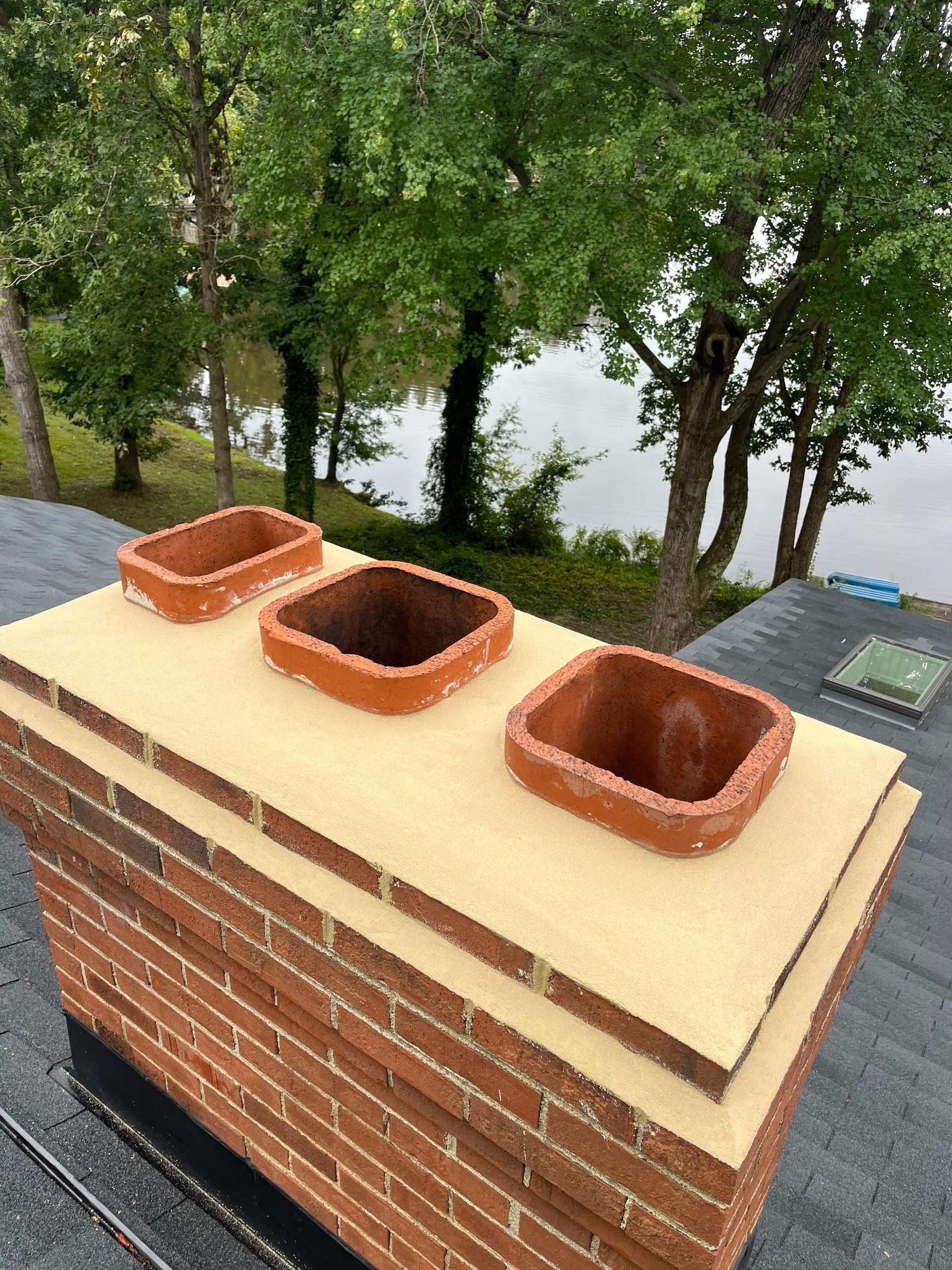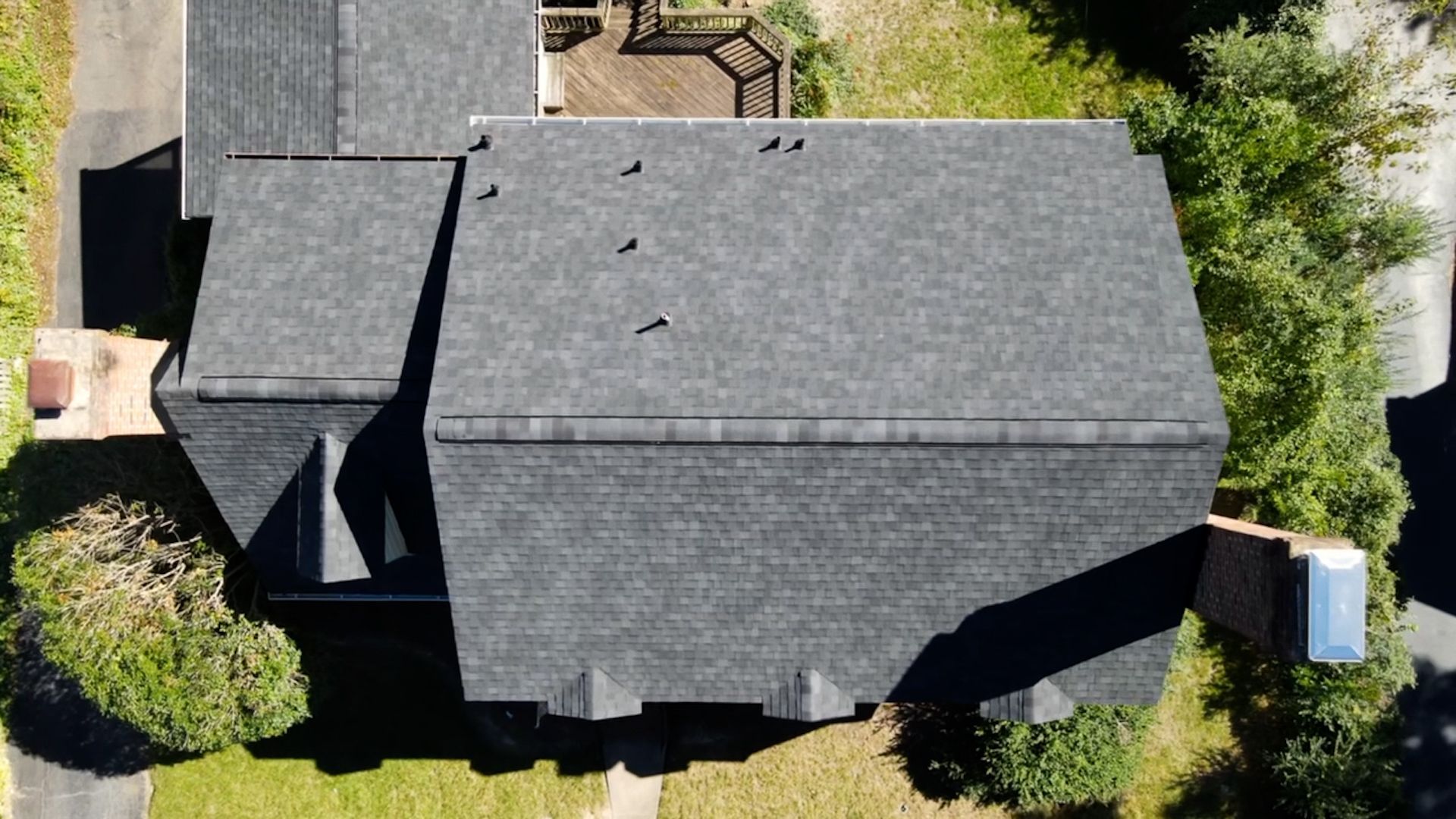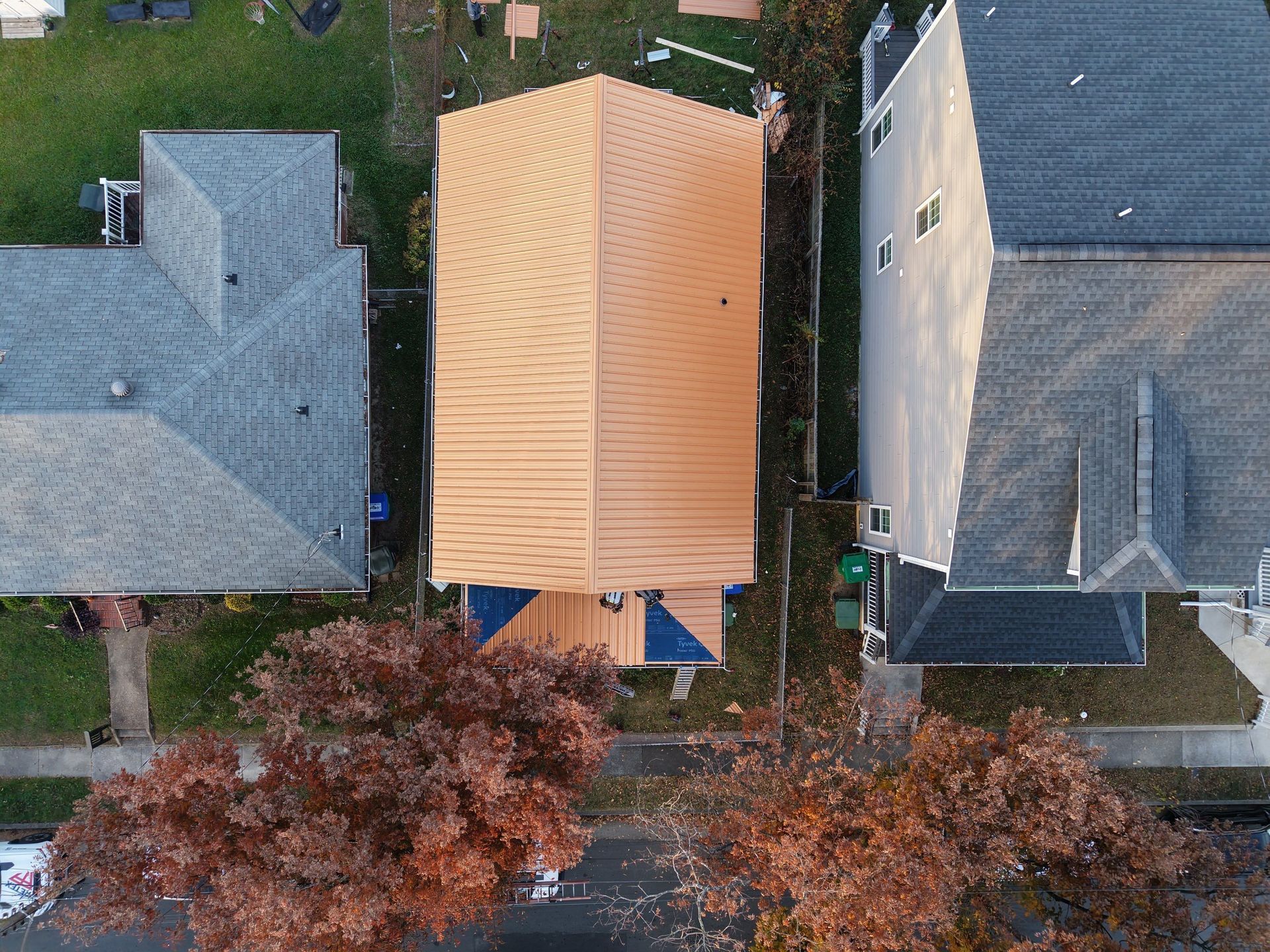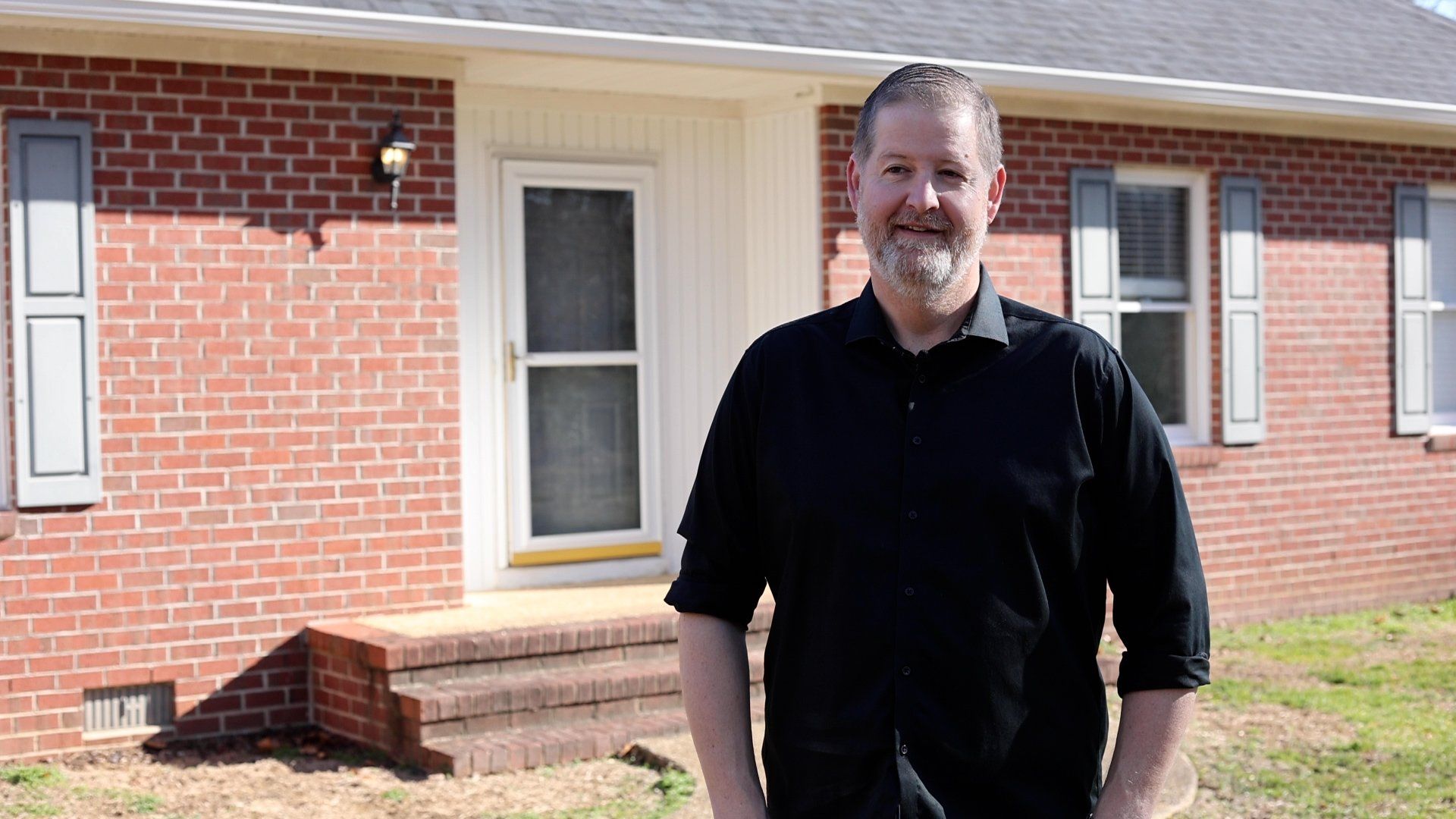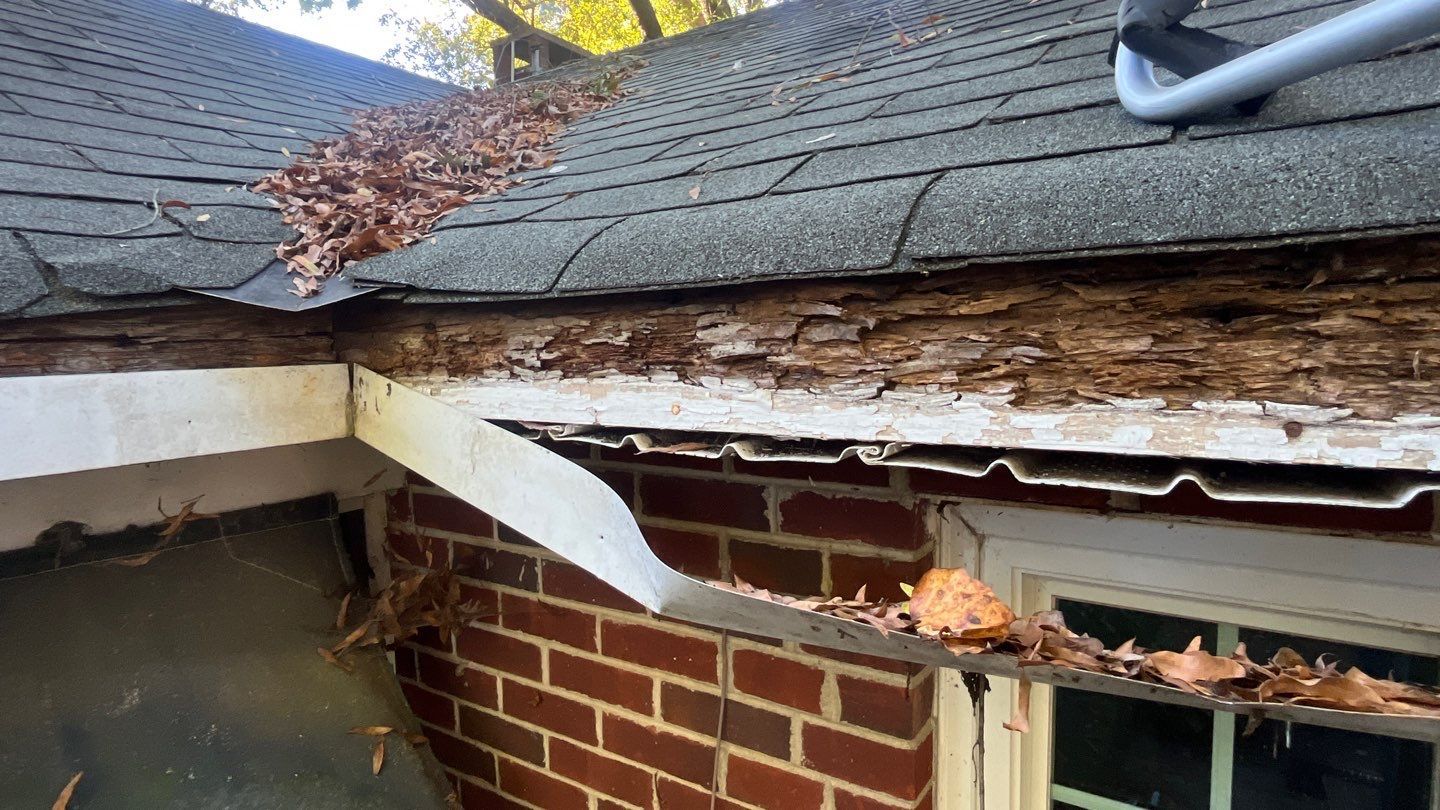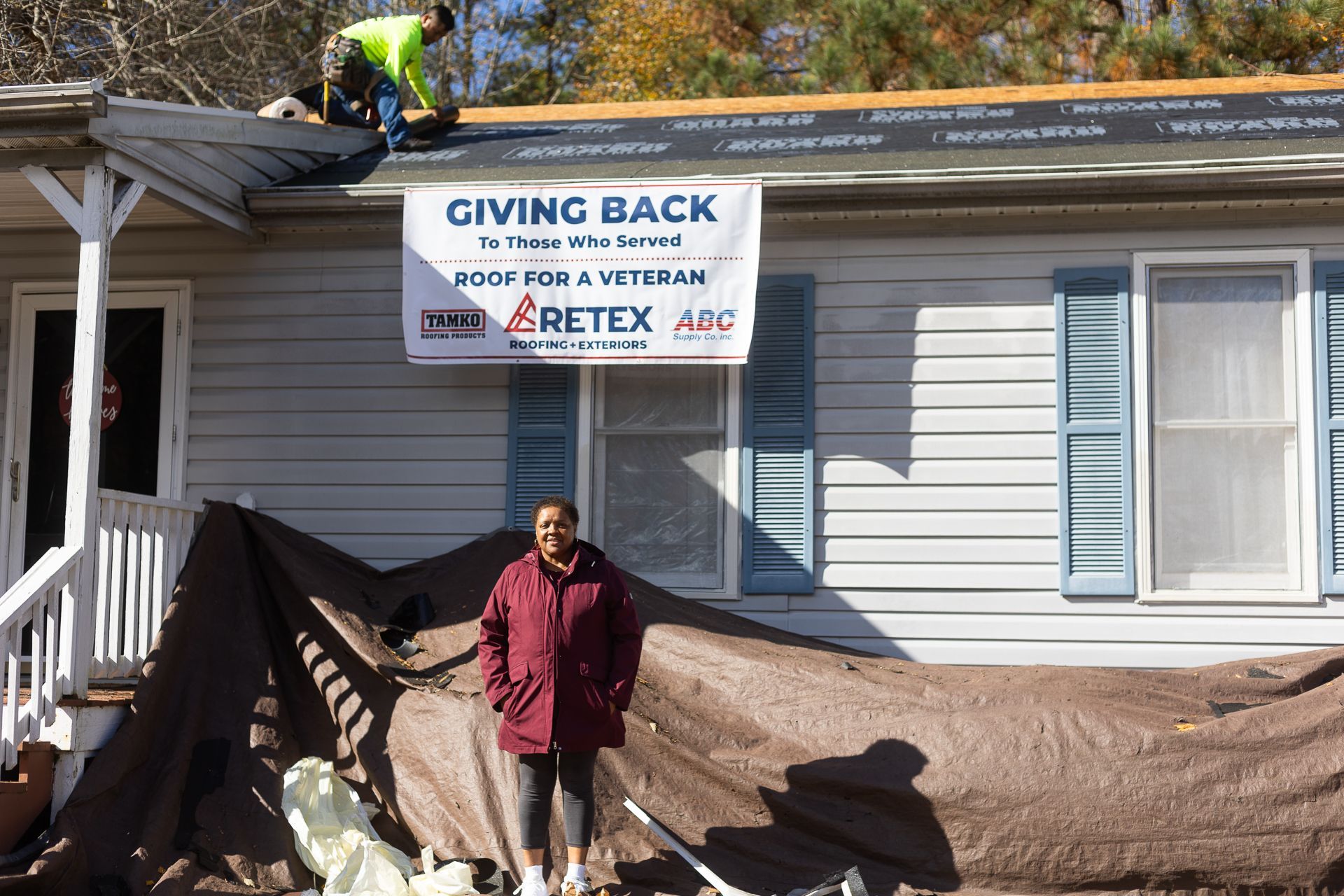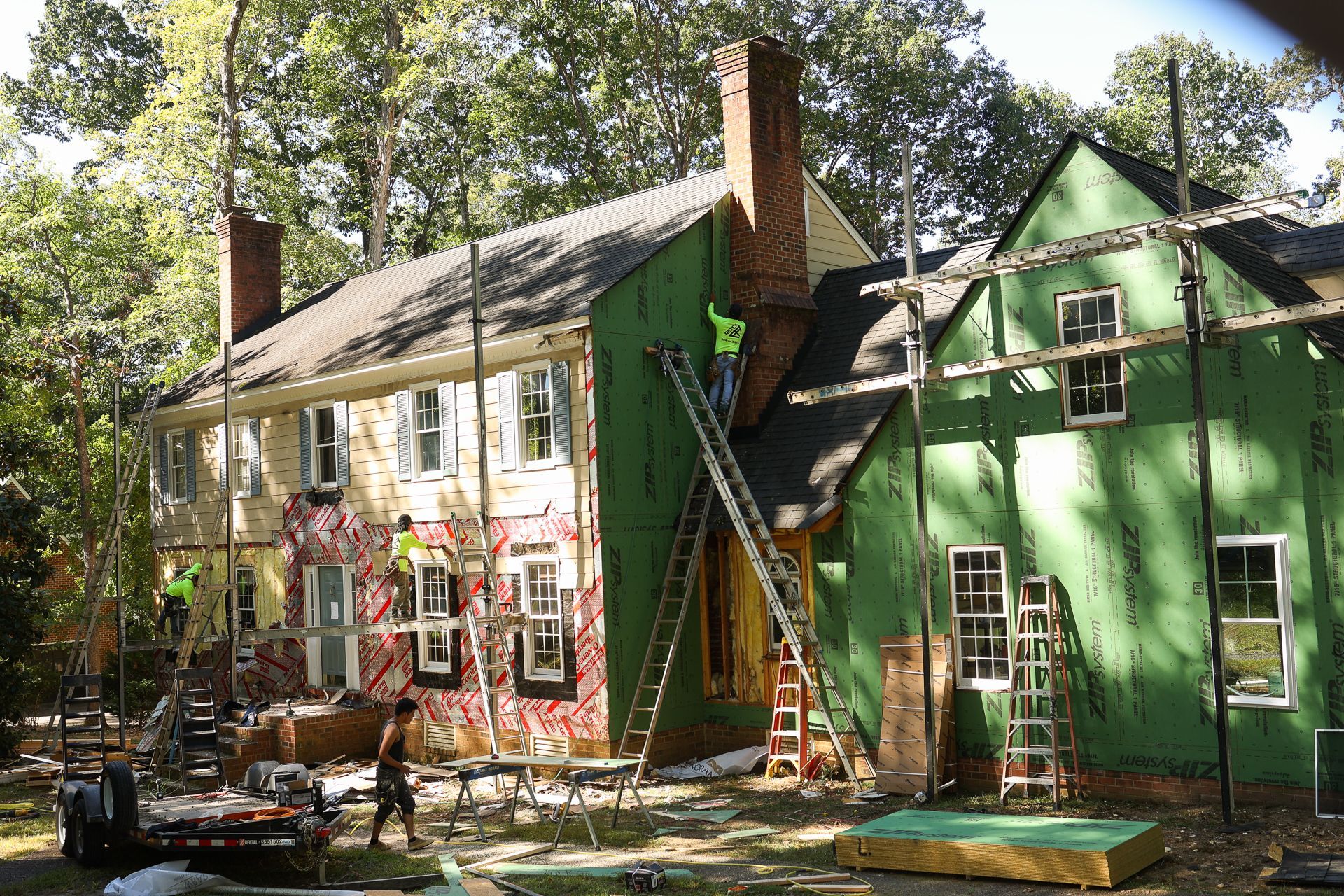The Five Most-Common Causes of Roof Leaks – And What You Can Do About It Immediately
It’s raining outside, and you notice something odd… is that rain inside your house?
A drop of water hits you square on the top of your head, or you hear a steady drip as the storm continues, or maybe you find what looks like a growing water stain on your ceiling. As the thunder rolls, you may be questioning how old your roof is and trying to figure out the cause of the leak yourself while worrying about whether there’s anything you can do in passing to keep the damage to a minimum.
Let’s narrow down the possible sources to the five most-common reasons why your roof may be leaking, and what you can do immediately.
- There’s a hole in your roof.
This may be the most obvious reason, especially if you have a tree fall or a limb pierce through your house. Or maybe you notice an opening, big or small, from animals or wear-and-tear on an older roof. Either way, water’s getting in through that hole, and it needs to be closed to protect you and your valuables inside. The most-immediate action here would be to put a tarp over the penetration. But don’t try to remove the tree or limb by yourself, especially during a storm – leave it to the professionals to carefully remove it, limiting the damage done.
- Pipe collars.
You may know these by a different name – such as pipe flashing or pipe boots – but these collars create the transition between your roof and your plumbing vent pipes, which keep your toilets flushing inside. Pipe collars are the number-one, most common cause of roof leaks. Why’s that, you may ask? Well, the average pipe collar has a rubber or neoprene gasket around the opening, enabling the collar to fit snugly around the pipe. After about 10 years of protecting your roof and being exposed to the sun, these gaskets are worn down by its UV rays. Cracks in the rubber or neoprene give water a free-pass into your home.
- Step flashing.
Step flashing is installed along the most vulnerable parts of your home – at the transition spots between the roof and non-roof. When properly installed, it goes under the shingles on one side and under the wall siding or brick counter-flashing of a chimney on the other side. While step flashing is meant to divert water away from the walls or chimneys of your home, it is often overlooked and its replacement sometimes skipped during a roof installation, making it one of the most common causes of roof leaks we find when assessing a roof for a repair.
- Missing or Damaged Shingles.
The shingles you’ve got up top protect your roof, leading water off your home and into your gutters. But if they’re installed incorrectly in the first place, or they’ve had to battle it out with Mother Nature or they have just lived out their expected life span, they can be a cause of roof leaks in your home. Asphalt shingle roofs have an average lifespan of 20 to 25 years. If you notice some out-of-place or impaired shingles, especially after a harsh storm, but your roof is not yet near its golden years, a repair to replace the missing or damaged shingles will keep your roof in good shape to protect you inside.
- Nail pops. This one’s related to the shingles we just mentioned. You may look up at your roof and see what looks like wavy shingles, but the problem likely has to do with the nails meant to keep the shingles straight and in place. If the wrong nails are used – a common DIY-mistake homeowners make when trying to fix their own roofs – or the roof decking underneath is damaged or rotting out, the nails may lose their anchor, causing them to rise. Even if the right nails are used and the shingles properly installed, though, hot and humid weather can cause some nails to rise, especially if you have an older roof. You may notice a leak caused by nail pops in the form of water spots on your ceilings, bubbling of interior paint after a storm, or possibly a musty smell in your attic. Any unaddressed popped nail gives water an opportunity to enter your home.
One bonus reason for common roof leaks relates to a homeowner’s bi-annual chore –
cleaning out your gutters. Since all the water, leaves, pollen, branches, and other debris that lands on your roof is likely to be directed into your gutters, keeping your gutters clean will keep the build-up to a minimum, allowing the gutters to do their job and divert the water away from your home rather than overflowing and potentially causing the water to get underneath your shingles. Doing so is one of the most preventive actions you can take to keep your home safe from a roof leak.
To sum up: If it’s something super obvious – such as a tree limb that’s penetrated through your roof, causing the water to flow right in – your immediate action should be to make sure everyone inside the home is OK. Next, call your homeowners’ insurance provider to explain the situation. Do not try to remove the limb yourself! After, call a trusted roofing contractor – like
Retex Roofing & Exteriors – who will be able to safely remove the limb and tarp the hole as soon as possible, preventing any further damage. If the leak is less obvious and not life-threatening, still reach out to your insurance provider and contact a roofer sooner rather than later to keep the internal and external damage to a minimum.
Whether you’ve figured out the cause of the leak on your own or not, it’s wise to get a second opinion by a licensed, insured, and experienced expert who will inspect your roof, especially when you only notice the issue during stormy weather. If you’re a homeowner in the Richmond, VA, area, give our Retex team a call at 804-258-6300 or click the button below to tell us about your roofing issue – we’d love to help you solve the Mystery of the Leaky Roof.

